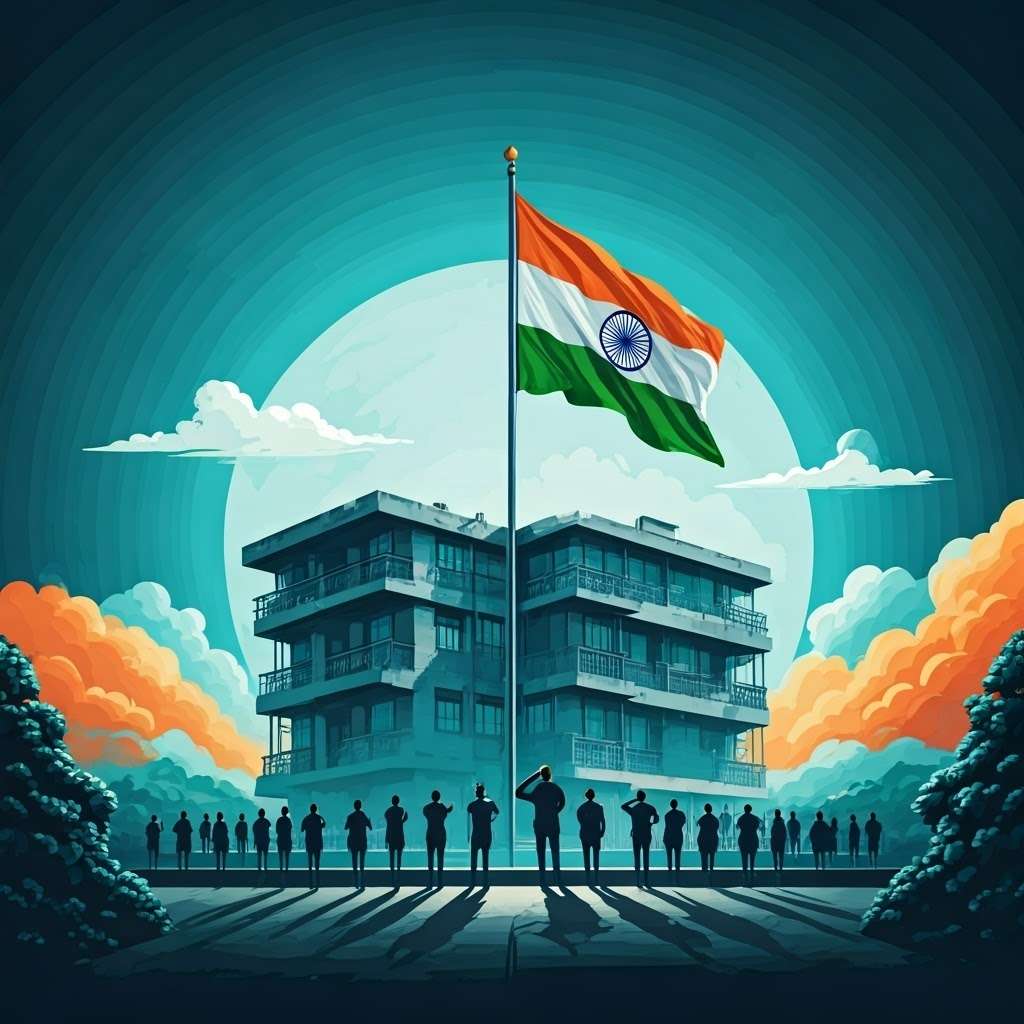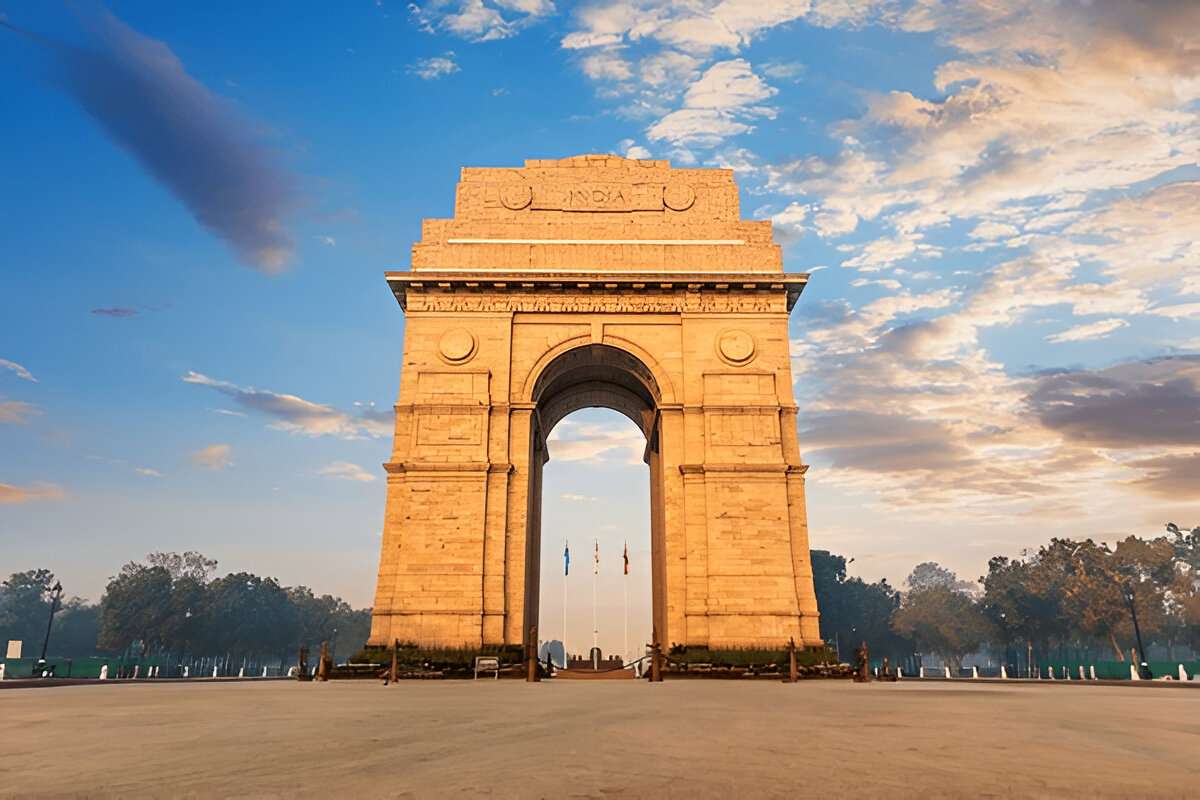Given its rich tapestry of history and culture, India is a place where myths and realities coexist peacefully. Strong kingdoms have come and gone throughout millennia, leaving traces of their splendour in the form of vanished cities. Travellers, historians, and archaeologists are fascinated by these forgotten towns, cloaked in mystery and myth. Examining these ruins provides a window into the grandeur of past societies and the narratives that moulded the Indian subcontinent.
The Enigma of Dholavira
Dholavira provides evidence of the Harappan civilization’s technical mastery in the dry Rann of Kutch in Gujarat. Part of the Indus Valley Civilization, this ancient metropolis was a shining example of urban design and thrived some 4,500 years ago. Discovered in the 1960s, the city exposed a sophisticated water management system with reservoirs, step wells, and conduits meant to maximize and preserve water in a hostile environment.
As one walks among its wreckage, one is astounded by the architectural creativity of Dholavira. The orderly streets, the castle, and the lower town create a striking image of a society that prized utility and discipline. Nevertheless, Dholavira was deserted in 1500 BCE, presumably in response to changing river channels or temperature fluctuations. Its quiet remains today serve as a moving reminder of a world lost.
Indian Visa for Russian Citizens
Hampi: The Forgotten Jewel of the Vijayanagara Empire
Originally the magnificent capital of the Vijayanagara Empire, one of the strongest kingdoms in medieval India, Hampi is tucked away in the tough terrain of Karnataka. At its height in the 14th and 15th centuries, Hampi was known for its architectural splendour, busy markets, and extreme riches. The city’s palaces, bazaars, and temples drew traders, artists, and visitors from all around.
The remains of a UNESCO World Heritage Site, Hampi, transport tourists back in time. Masterpieces of Dravidian architecture are the Virupaksha Temple with its soaring gopuram and the finely carved Vittala Temple complex, home of the famous stone chariot. The sheer size and intricacy of the buildings capture the artistic and cultural heights of the Vijayanagara leaders.
But Hampi’s splendour was fleeting. In 1565, a coalition of Deccan sultanates raided and devastated the city, leaving behind a shockingly lovely scene of ruins. Hampi is a moving reminder of the transience of power because the echoes of its past grandeur still resonate in its stone-carved monuments.
The Ancient City of Kalibangan
Kalibangan, on the Ghaggy-Hakra River’s banks in Rajasistan, still presents another amazing window into the Indus Valley Civilization. Kalibangan was a centre of early urban growth and was well-known for its unique fire altars and carefully designed grid system. Excavations have unearthed mud brick buildings, elaborate ceramics, and signs of sophisticated farming techniques.
The fire altars are considered for ceremonial purposes, which distinguishes Kalibangan from other Harappan sites. These results imply that the people living in the city had a different spiritual and cultural identity. Kalibangan’s appeal as a lost city stems from its mystery regarding its fall, notwithstanding its developments. Its remains today provide a window into a world that flourished thousands of years ago, with fascinating hints about its inhabitants and way of life.
INDIAN VISA FOR UKRANIAN CITIZENS
Fatehpur Sikri: The Ghost City of the Mughals
Near Agra in Uttar Pradesh, Fatehpur Sikri is a superb illustration of Mughal urban design and architecture. Emperor Akbar designed the city at the end of the 16th century and intended it to be the Mughal capital. Its mosques, courtyards, and great palaces capture the architectural and creative genius of the age.
Still, Fatehpur Sikri’s wealth was fleeting. Two decades of building notwithstanding, the city was abandoned, most likely because of a water shortage. The city’s well-preserved buildings, such as the Buland Darwaza and the Jama Masjid, nevertheless astound tourists despite their short lifetime. One nearly hears the echoes of courtly life that formerly permeated its halls as one wanders through its empty streets.
Conclusion: A Journey Through Time
India’s lost cities are archives of history, culture, and human inventiveness rather than merely ruins. Every stone and building recounts ambition, tenacity, and finally, fall-off. Discovering these lost kingdoms is like removing the layers of time to expose the hardships and successes of past societies.
Wandering among these relics of the past reminds us of the fleeting nature of human activity and the legacy left behind by those who preceded us. The lost cities of India call us to stop, consider, and wonder at the complex fabric of history now forming the present.
Also read: The Mughal Marvels of India: A Guide to Timeless Architecture



